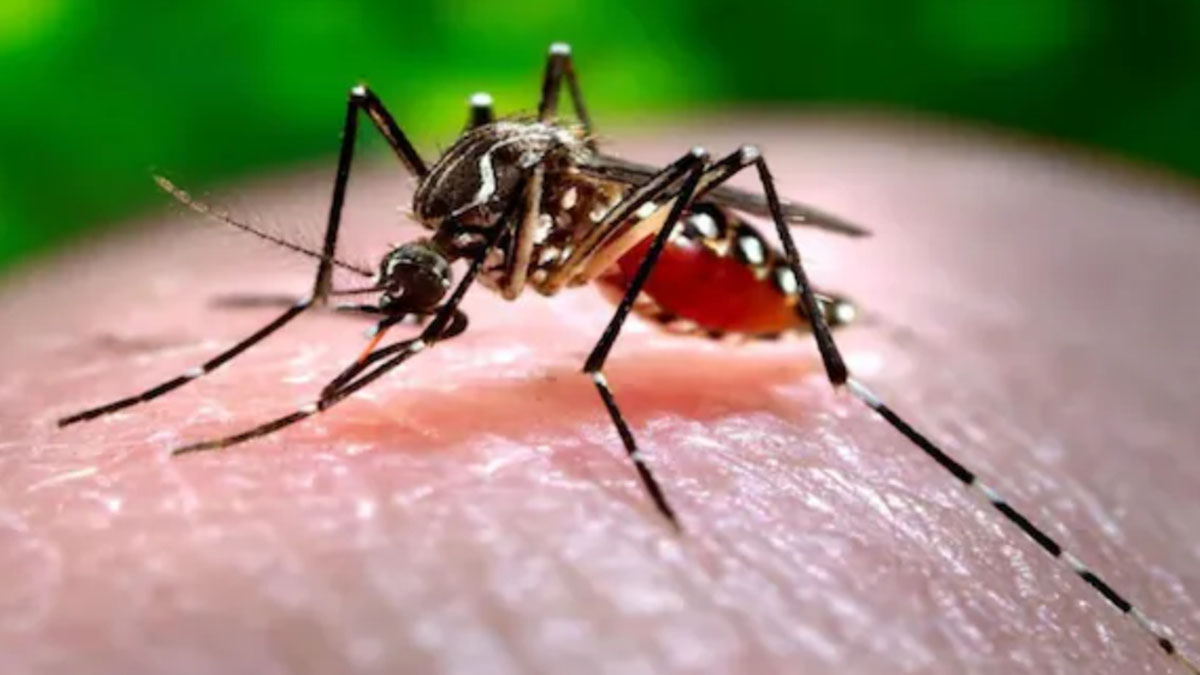
As dengue fever cases reach record highs globally in 2024, the world is grappling with the severity of this mosquito-borne viral infection. Over 12 million cases have been reported worldwide, with more than 8,000 deaths in 86 countries. Understanding the symptoms, diagnosis, treatment, and prevention of dengue is crucial in tackling this growing health crisis.
Dengue: A Growing Global Threat
Dengue, primarily transmitted through the bite of an infected Aedes aegypti mosquito, has seen a sharp increase in cases. Brazil alone has reported more than 9 million cases in 2024, followed by Argentina, Paraguay, Peru, and Colombia. In Asia, countries like Bangladesh, Malaysia, Thailand, and Vietnam are also battling high case numbers. India, as of April 2024, recorded 19,447 dengue cases and 16 fatalities.
The spread of dengue has become a significant concern, especially in tropical and subtropical regions. The disease is no longer limited to these areas and has spread to new regions like Europe, due to factors like climate change, high population densities, and poor sanitation.
Key Facts About Dengue
- Transmission: Dengue is transmitted to humans by the bite of infected female Aedes aegypti mosquitoes, usually active during the day. They bite mainly at dawn and dusk.
- Common in Urban Areas: Dengue is more prevalent in urban and semi-urban areas of tropical and sub-tropical regions.
- Viral Nature: Dengue is a viral infection. While many cases are mild, severe cases can lead to death.
- No Specific Treatment: Early detection and proper medical care are essential, but no specific cure exists for severe dengue.
Symptoms of Dengue
Most dengue infections are mild or asymptomatic. However, for those who do show symptoms, they typically appear 4 to 10 days after being bitten by an infected mosquito. Common symptoms include:
- High fever (40°C/104°F)
- Severe headache
- Pain behind the eyes
- Muscle and joint pains
- Nausea and vomiting
- Swollen glands
- Rash
While most people recover within 1–2 weeks, severe cases can develop into dengue hemorrhagic fever or dengue shock syndrome, both of which can be fatal if not treated promptly.
How is Dengue Diagnosed?
Dengue diagnosis primarily involves clinical observation of symptoms along with laboratory tests. Blood tests can detect the virus or its antibodies. Health professionals also monitor vital signs and blood parameters to assess the progression of the disease.
- Platelet Count: Low platelet levels can increase the risk of bleeding. A significant drop below 10,000 is critical and needs immediate medical attention.
- Hematocrit Levels: A high hematocrit level indicates hemoconcentration, which can suggest plasma leakage and is a sign of severe dengue.
- Liver Function Tests (LFT): LFTs are important to check for liver damage, which may occur in severe cases.
Treatment Options for Dengue
There is no specific antiviral treatment for dengue. The focus is on relieving symptoms and managing the patient’s condition, especially in severe cases.
- Fluid Management: Keeping patients hydrated is critical, especially in cases of dengue hemorrhagic fever or dengue shock syndrome. Oral rehydration is often sufficient for mild cases, while intravenous fluids are required for more severe conditions.
- Pain Management: Paracetamol (acetaminophen) is recommended for controlling pain and reducing fever. Non-steroidal anti-inflammatory drugs (NSAIDs), like aspirin or ibuprofen, are avoided due to their potential to increase bleeding risk.
Importance of Monitoring During Treatment
Continuous monitoring is vital for dengue patients, particularly for those with severe symptoms. Regular checks of platelet count, hematocrit levels, and liver function are necessary to identify any worsening of the disease.
- Platelet Monitoring: Frequent checks on platelet levels help in assessing the risk of internal bleeding.
- Hematocrit Monitoring: Tracking hematocrit levels ensures early detection of plasma leakage, a life-threatening complication of severe dengue.
- Frequent Assessments: In severe cases, blood parameters may need to be checked every 12 hours.
How to Prevent Dengue
Since there is no cure for dengue, prevention is key. Reducing mosquito exposure and controlling mosquito breeding sites can help lower the risk of dengue transmission. Some prevention strategies include:
- Use Mosquito Repellent: Apply insect repellent, wear long-sleeved clothing, and use mosquito nets if sleeping during the day.
- Environmental Control: Eliminate stagnant water where mosquitoes breed by cleaning or covering water storage containers, disposing of waste properly, and managing garbage.
- Community Efforts: Governments and health organizations must lead vector control initiatives, especially in high-risk areas.
The Global Impact of Dengue in 2024
As of April 2024, the Americas reported over 7 million dengue cases, surpassing the previous record of 4.6 million in 2023. The surge in cases, driven by climate change, population growth, and fragile healthcare systems, has worsened the global dengue burden. It is estimated that 80 countries now report dengue cases, with the Americas and Southeast Asia being the most affected regions.
Conclusion: Is Dengue the Next Global Pandemic?
While dengue may not yet be classified as a global pandemic, the alarming rise in cases and deaths worldwide makes it a growing public health emergency. Addressing dengue will require a combination of improved medical care, early detection, mosquito control efforts, and greater awareness among the public. As more countries experience outbreaks, it becomes ever more important to take steps to prevent the further spread of this deadly virus.
